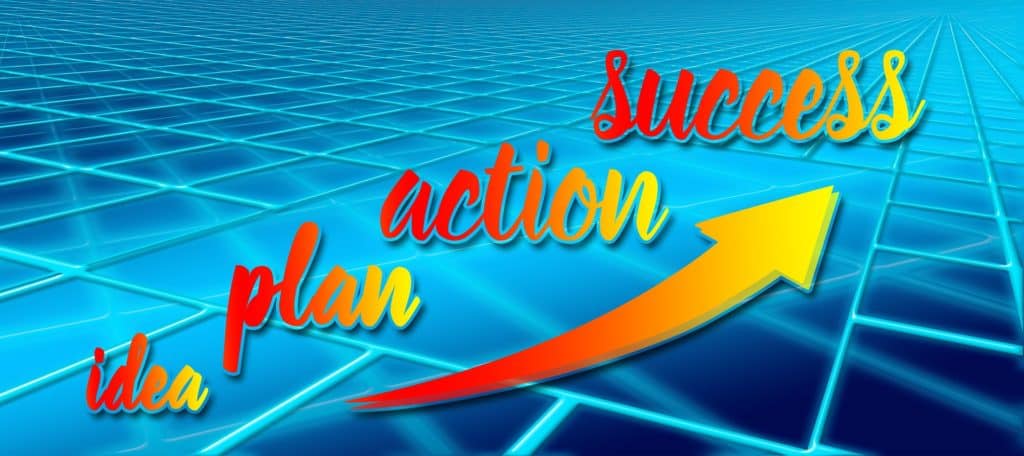Most writers of any genre would give their right arm to achieve the fame and fortune of bestselling authors such as John Grisham or Dick Francis or Patricia Cornwell. But without specialised prior experience (eg: legal, horse racing, medical forensics) your manuscript probably won’t make it off the slush pile.
After working in the IT sector for 15 years, I fancied turning my attention to doing what I love most, writing fiction, but with eight hours a day in my job and a young family at home to feed it seemed an impossible task with no quick answer. I needed an escape plan. Since my field was Information Technology, this seemed the most appropriate place to start. No need to spend weeks researching and no need to convince editors that I was the right journalist for the job – my CV was all I needed. By far the best place to get ideas, whether you’re a computer security guru, a nurse, or a civil engineer, is the number of monthly journals that publish material on your specialisation. Editors love experts, and the readers of their magazines are attracted to articles written with the voice of authority.
You might consider this type of work as a step in the wrong direction. After all, you’re trying to distance yourself from your day job. But you’ll have the capability as a technical writer to create articles, informational and/or instructional, for an audience that will appreciate and listen to your opinion. You’ll gain extra experience working with editors, sub-editors and journal production teams and, best of all, your CV will start stacking up new publishing credits. Technical writing is one of the most financially underestimated writing disciplines.
An accomplished technical writer can turn complicated scientific and technical material into an easily understandable language of interest to both professional and layman readers. You’ll need to be disciplined to write articles that consider your readers’ skill level and be flexible enough to cover the same topic to varying degrees of complexity. By understanding reader capabilities you can communicate the appropriate information without baffling them with complexity, or
Here is some very basic ‘Getting started’ information: Be familiar with the tools of your own trade. In technical articles, it’s always good to break up the jargon text with a few diagrams or illustrations or charts.
Try adding photographs or flowcharts that portray your information in a reader-friendly manner. Use Adobe Photoshop to manipulate digital photographs into the appropriate format, size and colouring for your publisher. If a client requires you to write an instruction manual for some computer software, you’ll need to be able to capture and manipulate what’s on your screen. Fortunately, there are plenty of screen capture tools available now.
I recommend you read examples of all the magazines available in your
Take note of each publisher’s address, telephone, email and the main contact for submissions and enquiries. Keep a record file.
Once you get a feel for each magazine, decide on four potential article ideas for each magazine. Email the editor of each magazine. Explain who you are and why you’re qualified to write articles for them. Include your four article headlines. Be ready to explain your article ideas. Be professional and don’t offer anything for free unless it’s
Finally, about creating instructional documentation: take absolutely nothing for granted. If you were commissioned to write an article on how to use Microsoft’s Edge Browser to access their magazine’s website, would you include every single step required to complete the task? You may be dealing with absolute beginners.
If the magazine is aimed at novice users, you should write specific steps for the various operating systems; not everyone has Windows 10 yet. And what about the steps on a Mac?
Anyone with a technical background and an interest in writing can enjoy a useful second income job for years to come.
– Steve Beresford. Reproduced for educational purposes.












